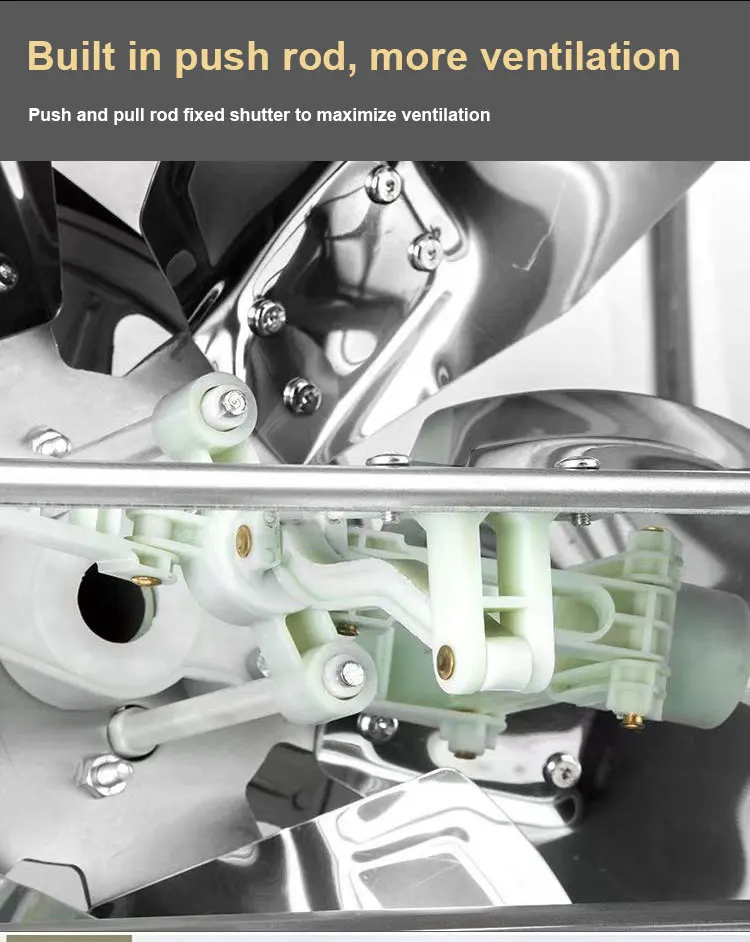Efficient Design for Poultry Transport Cages to Enhance Animal Welfare and Reduce Stress
Dec . 12, 2024 06:51 Back to list
Efficient Design for Poultry Transport Cages to Enhance Animal Welfare and Reduce Stress
The Evolution and Importance of Poultry Transportation Cages
Transporting poultry—be it chickens, ducks, or turkeys—presents unique challenges that require careful consideration. The welfare of the birds during transit directly impacts their health and productivity once they reach their destination. A crucial component of ensuring safe and humane transportation of poultry is the use of specialized transportation cages. These cages have evolved to meet the needs of both the poultry industry and animal welfare standards.
The Design of Poultry Transportation Cages
Poultry transportation cages are specifically designed to accommodate the size, behavior, and physiological needs of birds. These cages come in various designs that enable stacking and optimal space utilization while ensuring the safety and comfort of the birds. A well-designed cage will provide adequate ventilation to keep the birds cool, reduce stress, and prevent heat stress during transport.
Materials used in constructing these cages must be durable yet lightweight, allowing for easy handling and transportation. Additionally, cages often feature secure latching systems to prevent accidents during loading and unloading. Some modern cages include dividers to separate different species or age groups, which further enhances biosecurity and reduces the risk of disease transmission.
Compliance with Animal Welfare Standards
The transport of poultry is subject to numerous regulations aimed at promoting animal welfare. Various organizations, including the American Veterinary Medical Association (AVMA) and the World Animal Health Organization (OIE), provide guidelines regarding the transport of live animals. These guidelines highlight the importance of minimizing stress and discomfort during transit.
Poultry transportation cages must comply with these welfare standards, ensuring that the birds have enough space to move and stand comfortably. Research has shown that excessive confinement can lead to stress, injuries, and even mortality during transport. Thus, the dimensions and design of transportation cages are crucial in meeting the welfare needs of the birds.
The Role of Technology in Cage Design
poultry transportation cages

Recent advancements in technology have led to the development of innovative poultry transportation cages. One of these advancements is the integration of climate control systems that maintain optimal temperature and humidity levels within the cages. This technology is particularly important during long-haul transport or in regions with extreme weather conditions.
Moreover, tracking systems using GPS technology allow farmers and transporters to monitor the conditions of the transported birds in real-time. This monitoring capability ensures that any issues, such as equipment malfunctions or delays, are addressed promptly to minimize stress on the animals.
Economic Implications
The adoption of high-quality poultry transportation cages not only enhances animal welfare but also offers significant economic advantages. When birds are transported in well-designed cages, the incidence of injury and mortality decreases, leading to better overall flock health. Healthier birds contribute to higher productivity rates, increased egg production, and improved meat quality, ultimately resulting in higher profits for poultry farmers.
Additionally, efficient transport reduces the risk of disease outbreaks, which can have devastating effects on poultry stocks. Implementing proper cage designs that align with biosecurity measures helps protect the entire supply chain, from farm to market.
Conclusion
As the poultry industry continues to grow, the importance of effective and humane transportation methods cannot be overstated. Poultry transportation cages play a crucial role in ensuring the welfare of birds, complying with regulations, and enhancing economic outcomes for farmers. With ongoing advancements in design and technology, these cages are poised to become even more effective in meeting the needs of the poultry industry. The focus on improving transportation practices reflects a broader commitment to animal welfare and sustainability, paving the way for a more responsible and ethical approach to poultry production.
In conclusion, investing in high-quality poultry transportation cages is not just a regulatory requirement but a moral imperative that influences the health of the birds, the sustainability of farming practices, and, ultimately, the quality of food provided to consumers worldwide.
-
Hot Sale 24 & 18 Door Rabbit Cages - Premium Breeding Solutions
NewsJul.25,2025
-
Automatic Feeding Line System Pan Feeder Nipple Drinker - Anping County Yize Metal Products Co., Ltd.
NewsJul.21,2025
-
Automatic Feeding Line System Pan Feeder Nipple Drinker - Anping County Yize Metal Products Co., Ltd.
NewsJul.21,2025
-
Automatic Feeding Line System - Anping Yize | Precision & Nipple
NewsJul.21,2025
-
Automatic Feeding Line System - Anping Yize | Precision & Nipple
NewsJul.21,2025
-
Automatic Feeding Line System-Anping County Yize Metal Products Co., Ltd.|Efficient Feed Distribution&Customized Animal Farming Solutions
NewsJul.21,2025






